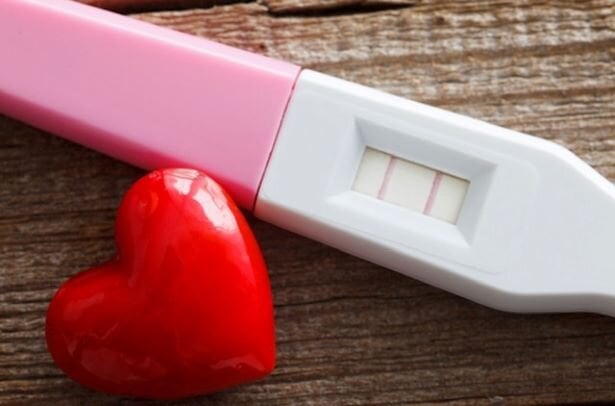Preeclampsia and Pregnancy

Preeclampsia is a serious condition that affects pregnant women and their babies. Preeclampsia occurs in about 5 to 8 percent of all pregnancies.
Recent changes in diagnosis have caused even more reported cases. That’s good because early treatment increases your chances for a healthy baby. There is no cure for preeclampsia, but understanding the condition can help you seek the care you need.
Learn more about what preeclampsia is and how to prevent and manage it.
Understanding Preeclampsia:
- Know the definition. Preeclampsia occurs when a pregnant woman has high blood pressure and elevated protein levels in her urine. If left untreated, it can escalate into eclampsia. This condition used to be called toxemia.
- Get diagnosed early. Early diagnosis is vital! Doctors used to wait for signs of both high blood pressure and excess protein, but now the diagnosis is based solely on blood pressure. Early diagnosis allows women to receive treatment more promptly.
- Recognize the timeline. Preeclampsia usually begins sometime after 20 weeks of pregnancy. In rare cases, it can start earlier.
- Spot the symptoms. There are often no visible symptoms. The most common signs are rapid weight gain of several pounds in less than two days and headaches and pain under the right ribs. You may also have sudden swelling in your face and hands. This is different from the typical weight gain and sore feet and swollen ankles that accompany pregnancy.
Preventing Preeclampsia:
- Keep up with prenatal visits. Call your doctor or go to an emergency room if you experience any symptoms of preeclampsia. During regular prenatal visits, your doctor can also monitor your blood pressure and urine.
- Lose weight. Overweight women are more vulnerable to preeclampsia. If possible, try to lose any excess weight before conceiving to lower your risk.
- Control of diabetes. Diabetes and other chronic conditions can aggravate preeclampsia. Follow your doctor’s recommendations for managing your blood sugar through medication and lifestyle changes.
- Know your other risk factors. Preeclampsia is also more common in women who are pregnant for the first time or expecting multiples. The same is true if you have a family history of preeclampsia, under 20 or over 35 years of age.
Managing Preeclampsia:
- Prepare for early delivery. In general, your doctor will try to determine how safe it is for you to give birth early to keep preeclampsia from progressing. That may mean inducing labor or having a cesarean delivery. In many cases, everything can still turn out fine for you and your baby.
- Stay in bed. Your doctor may recommend that you stay in bed at home or in a hospital to lower your blood pressure. You will probably be advised to lie on your left side. A hospital stay allows for increased monitoring.
- Consider other treatments. There are some additional treatments you can expect. Steroids may be used to help your baby’s organs mature more quickly. You may need to take blood pressure medication and magnesium to prevent seizures. Getting adequate vitamin D from food and supplements may also be helpful.
- Get follow-up care. The symptoms of preeclampsia usually disappear within 1 to 6 weeks after giving birth. However, some women experience the effects for longer. There’s also evidence that preeclampsia can continue to cause a higher risk of stroke. Consult your doctor to assess and manage your risks!
Talk with your doctor about any other concerns you have about preeclampsia. Regular prenatal care gives you and your baby the best chance for a healthy pregnancy and delivery.
.
Additional Source: US National Library of Medicine. National Institute of Health


